Aplocheilus Panchax – Blue Panchax – Male & Female – Killifish, Easy Care Freshwater Fish for Thriving Aquariums, Perfect Companions for Community Tanks
£25.49 Original price was: £25.49.£21.29Current price is: £21.29.
Welcome these beautiful Aplocheilus Panchax, also known as Blue Panchax, into your aquarium. Their vibrant blue colors and elegant movements make them stunning additions. Perfect for community tanks, these peaceful killifish thrive in well-maintained freshwater environments.
1001 in stock
Species Introduction
The Aplocheilus Panchax, commonly known as the Blue Panchax, is a captivating species of killifish that hails from the serene freshwater habitats of Southeast Asia. These stunning fish are often found in shallow waters, such as rice paddies, swamps, and slow-moving streams, where they thrive among lush aquatic vegetation. Their vibrant colors and peaceful demeanor make them a delightful addition to any community aquarium. The Blue Panchax exhibits sexual dimorphism, with males showcasing more vivid coloration and elongated fins compared to their female counterparts. This species is not only visually appealing but also serves as an excellent choice for novice aquarists looking to enhance their aquatic environments with lively and colorful fish friends.
Care Requirements Dashboard
Essential Care Guide for Your Aplocheilus Panchax – Blue Panchax – Male & Female – Killifish
| Optimal Living Conditions | |
|---|---|
| Water Temperature | 24-27°C (75-81°F) |
| pH Level | 6.5-7.5 |
| Water Hardness | 4-12 dKH |
| Minimum Tank Size | 80L (20 gal) |
| Salinity | Freshwater |
| Care Level | Beginner Friendly |
✓ Care Level: Easy
Tank Size: Minimum 10 gallons
Water Temperature: 72-78°F (22-26°C)
pH Level: 6.5-7.5
Water Hardness: 5-15 dGH
The Blue Panchax is considered a thriving fish, making it suitable for beginners. A minimum tank size of 10 gallons is recommended to provide ample swimming space and to maintain stable water parameters. They thrive in temperatures ranging from 72°F to 78°F (22°C to 26°C), and a pH level between 6.5 and 7.5 is ideal. Regular water changes and quality maintenance are essential to ensure the health and well-being of these aquatic companions.
Natural Behavior & Temperament
The Blue Panchax is known for its peaceful and sociable nature, making it an excellent choice for community tanks. These fish are generally non-aggressive and can coexist harmoniously with a variety of other species, provided that their tank mates are similarly peaceful and not overly large. They exhibit interesting swimming patterns, often darting around the tank in search of food or exploring their environment. Males may display territorial behavior during breeding, but this is typically mild and can be managed in a spacious tank with plenty of hiding spots. Observing their interactions can be a rewarding experience, as they engage in playful displays and showcase their vibrant colors, particularly during feeding times.
Tank Setup Guide
Creating an ideal habitat for your Blue Panchax involves replicating their natural environment as closely as possible. A well-planted aquarium with floating plants and plenty of hiding spots will not only provide security for these fish but also enhance the aesthetic appeal of your tank. Use a soft substrate to mimic their natural habitat, and consider adding driftwood and rocks to create interesting structures for them to explore. Ensure that the tank has a gentle filtration system to maintain water quality without creating strong currents, as Blue Panchax prefer calm waters. Additionally, incorporating live plants such as Java moss or Anubias can help create a more natural setting while also providing additional hiding spaces for fry if breeding occurs.
Water Quality Management
✓ Good Water Quality
pH: 6.5-7.5
Temperature: 72-78°F (22-26°C)
Hardness: 5-15 dGH
Maintaining optimal water quality is crucial for the health of your Blue Panchax. Regular testing of pH, temperature, and hardness is recommended to ensure that these parameters remain stable. A pH level between 6.5 and 7.5 is ideal, while the water temperature should be kept between 72°F and 78°F (22°C and 26°C). Regular water changes of 10-15% weekly will help to maintain clean water and reduce the buildup of harmful toxins. Additionally, using a quality water conditioner can help to remove chlorine and chloramine from tap water, ensuring a safe environment for your fish friends.
Feeding & Nutrition
✓ Balanced Diet
Diet: High-quality flakes, live or frozen foods
Feeding Frequency: 2-3 times daily
To keep your Blue Panchax healthy and vibrant, it is essential to provide a balanced diet that includes high-quality flake foods, as well as live or frozen options such as brine shrimp, daphnia, and bloodworms. Feeding should occur 2-3 times daily, with only what they can consume in a few minutes to prevent overfeeding and maintain water quality. Observing their feeding behavior can also provide insight into their health; active and eager feeders are typically a sign of well-being. Additionally, consider incorporating a variety of foods to ensure they receive all necessary nutrients for optimal growth and coloration.
Compatibility Guide
✓ Peaceful Community Fish
Compatible Tank Mates: Tetras, Rasboras, Corydoras, Guppies
The Blue Panchax is a peaceful species that can coexist with a variety of other community fish. Ideal tank mates include small to medium-sized species such as tetras, rasboras, corydoras, and guppies. It is important to avoid larger or aggressive fish that may intimidate or bully the Blue Panchax, as this can lead to stress and health issues. Always monitor interactions among tank mates, particularly during feeding times, to ensure that all fish have equal access to food and are not exhibiting signs of aggression. A well-planned community tank can create a dynamic and visually appealing aquatic environment.
Health & Wellness
✓ Monitoring Health
Common Issues: Ich, fin rot, stress-related diseases
Regular health monitoring is essential for the well-being of your Blue Panchax. Common health issues include ich (white spot disease), fin rot, and stress-related diseases, which can arise from poor water quality or aggressive tank mates. Signs of illness may include abnormal swimming patterns, loss of appetite, and visible lesions or discoloration. Prompt action is crucial; maintaining optimal water conditions and providing a balanced diet can significantly reduce the risk of disease. If health issues arise, consider consulting with an aquatic veterinarian or a knowledgeable aquarist for guidance on treatment options.
Breeding Information
✓ Breeding Potential
Spawning Behavior: Egg scatterers
Fry Care: Provide infusoria or finely crushed flakes
Breeding Blue Panchax can be a rewarding experience for aquarists. These fish are egg scatterers, which means they will lay their eggs among plants or substrate. To encourage breeding, provide a separate breeding tank with fine-leaved plants or spawning mops where the female can deposit her eggs. After spawning, it is advisable to remove the adults to prevent them from eating the eggs. The eggs will typically hatch within a few days, and the fry can be fed infusoria or finely crushed flakes until they are large enough to consume standard fish food. Careful monitoring and maintenance of water quality during this period are crucial for the survival of the fry.
Acclimation Process
When introducing new Blue Panchax to your aquarium, it is essential to acclimate them properly to minimize stress and ensure a smooth transition. Begin by floating the sealed bag containing the fish in the tank for about 15-20 minutes to equalize the temperature. After this, slowly add small amounts of tank water to the bag every 5 minutes for about an hour. This gradual process allows the fish to adjust to the water parameters of their new environment. Finally, gently net the fish into the tank, avoiding adding the bag water to prevent contamination. Monitoring their behavior closely for the first few days is crucial to ensure they adapt well to their new home.
Long-term Care
The Blue Panchax has a lifespan of approximately 3 to 5 years when provided with optimal care. Regular maintenance of water quality, a balanced diet, and a suitable environment will contribute to their longevity. As they grow, it is essential to monitor their size and adjust tank conditions accordingly to accommodate their needs. These fish typically reach a maximum size of around 2 inches, making them suitable for smaller aquariums. Regularly observing their behavior and health will help to identify any potential issues early on, ensuring that your Blue Panchax thrive in their aquatic home.
Natural Habitat Recreation
✓ Biotope Setup
Plants: Java moss, floating plants
Substrate: Soft sand or fine gravel
To recreate the natural habitat of the Blue Panchax, consider incorporating a variety of live plants that mimic their native environment. Java moss, floating plants, and other aquatic vegetation not only provide hiding spots but also contribute to the overall health of the aquarium by improving water quality. A soft sand or fine gravel substrate will allow them to forage naturally, as they often sift through substrate in search of food. Additionally, maintaining a low light level will help to replicate the shaded conditions of their natural habitat, promoting a comfortable environment for your fish friends.
Seasonal Care Adjustments
As temperatures fluctuate with the seasons, it is important to adjust your aquarium conditions accordingly to ensure the health of your Blue Panchax. During warmer months, monitor the water temperature closely, as higher temperatures can lead to stress. If necessary, consider using a fan or aquarium chiller to maintain a stable environment. Conversely, during colder months, ensure that the tank heater is functioning properly to keep the water within the preferred temperature range. Regularly testing water parameters during seasonal changes will help to catch any fluctuations early, allowing for timely adjustments and maintaining a healthy habitat for your fish.
Expert Tips
✓ Professional Advice
Tip: Provide ample hiding spots to reduce stress
To create a thriving environment for your Blue Panchax, it is essential to provide ample hiding spots and territories within the tank. This can be achieved through the use of live plants, rocks, and driftwood. Additionally, consider maintaining a small group of these fish, as they are social creatures and thrive in the company of their own kind. Keeping a balanced male-to-female ratio can also help to reduce aggression during breeding periods. Regular observation and interaction with your fish will enhance your experience as an aquarist and contribute to the overall health and happiness of your aquatic companions.
Troubleshooting
✓ Common Problems
Issue: Cloudy water
Solution: Regular water changes and filtration maintenance
If you encounter issues such as cloudy water, it is often a sign of poor water quality or insufficient filtration. Regular water changes and maintenance of the filtration system are essential to prevent this problem. If cloudy water persists, consider testing for ammonia, nitrites, and nitrates to identify any underlying issues. Additionally, overfeeding can lead to excess waste and contribute to cloudy water; ensure that you are feeding appropriate amounts and removing any uneaten food promptly. Addressing these issues quickly will help maintain a healthy environment for your Blue Panchax.
Scientific Background
The Aplocheilus Panchax belongs to the family Aplocheilidae, which encompasses a diverse group of small freshwater fish commonly referred to as killifish. This family is known for its vibrant colors and adaptability to various aquatic environments. The Blue Panchax is particularly notable for its striking blue coloration, which can vary based on factors such as diet and environmental conditions. Research into the behavior and ecology of killifish has provided valuable insights into their reproductive strategies and habitat preferences, contributing to a greater understanding of their role in freshwater ecosystems. Conservation efforts are essential to protect their natural habitats, ensuring that future generations can appreciate these beautiful fish.
Advanced Care Techniques
✓ Expert-Level Husbandry
Technique: Implement a breeding program to enhance coloration
For experienced aquarists looking to enhance the coloration and health of their Blue Panchax, implementing a selective breeding program can be a rewarding endeavor. By carefully selecting the brightest and healthiest individuals for breeding, you can enhance desirable traits over generations. It is essential to maintain detailed records of breeding pairs and their offspring to track progress and ensure genetic diversity. Additionally, providing optimal living conditions, including high-quality nutrition and stable water parameters, will support the health of both breeding pairs and their fry. Engaging in such advanced care techniques fosters a deeper connection with your aquatic companions and contributes to the preservation of this beautiful species.
Water Quality Parameters
Optimal Range
24-27°C
6.5-7.5
0 ppm
Caution Zone
22-24°C or 27-29°C
6.0-6.5 or 7.5-8.0
0.25-0.5 ppm
Danger Zone
<22°C or >29°C
<6.0 or >8.0
>0.5 ppm
Monitoring Tip: Test water parameters weekly and perform regular water changes to maintain optimal conditions for your aquatic friends!
Frequently Asked Questions
Q: What tank size is required for Aplocheilus Panchax?
The Aplocheilus Panchax, commonly known as the Blue Panchax, thrives in an aquarium of at least 60 litres. This size provides sufficient swimming space and allows for the establishment of territories, which is essential for their well-being. A tank with a length of at least 90 cm is ideal, as these fish prefer horizontal space to swim. Furthermore, ensure that the aquarium is well-planted with floating plants to mimic their natural habitat, offering shelter and reducing stress. Adequate filtration is crucial to maintain water quality, as these fish are sensitive to poor conditions.
✓ Expert Tip
Consider adding a cover to prevent jumping, as Blue Panchax are known to leap out of the tank if startled.
Q: What water parameters do Aplocheilus Panchax require?
Aplocheilus Panchax prefer slightly acidic to neutral water conditions, ideally with a pH range of 6.5 to 7.5. They thrive in temperatures between 24-28°C, so maintaining a stable temperature is crucial. Regular water changes of 20-30% weekly will help keep the water clean and reduce nitrate levels. Additionally, ensure that the water hardness is between 5-15 dGH, as they are sensitive to extreme fluctuations. Using a high-quality water conditioner can further assist in maintaining optimal water quality.
✓ Expert Tip
Invest in a reliable water testing kit to regularly monitor these parameters and ensure a stable environment.
Q: How often should I feed Aplocheilus Panchax?
Feeding Aplocheilus Panchax should ideally be done 2-3 times per day. Offer small amounts of high-quality flake food, supplemented with frozen or live foods such as daphnia and brine shrimp to enhance their diet. It’s important to provide only what they can consume within a few minutes to prevent water pollution. Overfeeding can lead to health issues, so it’s best to monitor their eating habits. A varied diet will not only keep them healthy but may also enhance their vibrant colours.
✓ Expert Tip
Introduce new foods gradually to prevent digestive issues and encourage healthy eating habits.
Q: What are the best tank mates for Aplocheilus Panchax?
Aplocheilus Panchax are generally peaceful and can coexist with a variety of community fish. Suitable tank mates include small tetras, rasboras, and guppies. Avoid larger or aggressive species, as they may stress the Panchax. It’s also wise to keep them in groups of at least 5-6 individuals to promote natural schooling behaviour, which reduces stress and enhances their overall health. Always introduce new fish gradually to allow for acclimatisation and to monitor for any signs of aggression.
✓ Expert Tip
Consider creating hiding spots in the tank to provide security for all fish and reduce territorial disputes.
Q: How do I properly acclimatise Aplocheilus Panchax to my aquarium?
Acclimatising Aplocheilus Panchax is essential for their health. Start by floating the sealed bag containing the fish in your aquarium for about 15-20 minutes to equalise the temperature. Then, gradually introduce aquarium water into the bag over the next hour, using a method such as the drip acclimatisation technique. This allows the fish to adjust to the water parameters slowly. Once acclimatised, gently release the fish into the aquarium without introducing bag water. This helps prevent contamination and ensures a smooth transition.
✓ Expert Tip
Monitor the fish closely for signs of stress or illness in the first few days after introduction.
Q: What are the signs of healthy Aplocheilus Panchax?
Healthy Aplocheilus Panchax exhibit vibrant colours, clear eyes, and active swimming behaviour. They should be responsive to their environment and display a natural curiosity. Observing feeding behaviour is also crucial; a healthy fish will eagerly accept food and consume it without hesitation. Additionally, their fins should be intact and free from tears or fraying. Regular observation of your fish will help you spot any changes that may indicate stress or illness, enabling early intervention if necessary.
✓ Expert Tip
Maintain a consistent routine for feeding and tank maintenance to promote overall fish health.
Q: How do I successfully breed Aplocheilus Panchax?
Breeding Aplocheilus Panchax can be a rewarding endeavour. To encourage spawning, provide a separate breeding tank with fine-leaved plants or spawning mops where the female can lay eggs. Maintain slightly acidic water conditions and a temperature around 26-28°C. The male will display courtship behaviour, chasing the female until she lays eggs. After spawning, remove the adults to prevent them from eating the eggs. The eggs will typically hatch within 10-14 days, depending on the temperature. Feed the fry infusoria or finely crushed flakes once they are free-swimming.
✓ Expert Tip
Ensure the breeding tank is well-maintained to promote healthy fry development.
Q: What temperature should I maintain for Aplocheilus Panchax?
The ideal temperature range for Aplocheilus Panchax is 24-28°C. It is important to maintain a consistent temperature within this range to ensure their health and well-being. Sudden fluctuations can stress the fish, leading to health issues. Using a reliable aquarium heater and thermometer will help you monitor and regulate the temperature effectively. Additionally, ensure that the tank is not placed in direct sunlight, as this can cause overheating.
✓ Expert Tip
Consider using a heater with a built-in thermostat for added stability.
Q: How long do Aplocheilus Panchax typically live in captivity?
Aplocheilus Panchax can live for approximately 3-5 years in captivity, provided they are given proper care. Factors such as water quality, diet, and tank conditions significantly influence their lifespan. Maintaining stable water parameters, a balanced diet, and a stress-free environment will contribute to their longevity. Regular health checks and prompt treatment of any diseases can also extend their life span.
✓ Expert Tip
Keep a maintenance log to track water changes and health observations for your fish.
Q: What type of substrate is most suitable for Aplocheilus Panchax?
Aplocheilus Panchax prefer a fine, sandy substrate or smooth gravel that allows for easy movement and mimics their natural habitat. This type of substrate also helps prevent injury to their delicate fins. In addition, it facilitates the growth of beneficial bacteria, which aids in maintaining overall water quality. When setting up your aquarium, consider adding plants and decorations that provide hiding spots and swimming space, enhancing the comfort of your fish.
✓ Expert Tip
Avoid sharp substrates that can injure your fish, especially during their energetic swimming.
Q: What behavioural patterns should I expect from Aplocheilus Panchax?
Aplocheilus Panchax are known for their active and social behaviour. They tend to swim in the mid to upper levels of the aquarium, often displaying vibrant colours, especially during courtship. These fish are best kept in groups, as they exhibit schooling behaviour, which reduces stress and promotes a harmonious environment. They can sometimes be shy, so providing plenty of hiding spots and plants can help them feel secure. Observing their interactions can be quite fascinating, especially during feeding time when they display their playful nature.
✓ Expert Tip
Encouraging a varied environment with plants and decorations will enhance their natural behaviours.
Q: How can I prevent common diseases in Aplocheilus Panchax?
Preventing diseases in Aplocheilus Panchax involves maintaining optimal water quality and a stress-free environment. Regular water changes and monitoring water parameters are essential. Quarantine new fish before introducing them to the main tank to avoid introducing pathogens. Ensuring a balanced diet rich in vitamins will also enhance their immune system. Be observant for any signs of illness, such as changes in behaviour, appetite, or physical appearance. Early detection and treatment are key to preventing the spread of disease.
✓ Expert Tip
Regularly clean the aquarium and remove any uneaten food to prevent water quality issues.
Q: What lighting conditions do Aplocheilus Panchax prefer?
Aplocheilus Panchax thrive in moderate lighting conditions. Bright lighting can stress these fish, so it is advisable to use a light that mimics their natural habitat, such as soft, diffused light. Consider using floating plants to create shaded areas. A light cycle of 10-12 hours per day is optimal to encourage natural behaviour and plant growth. Ensure that the lighting is consistent, as sudden changes can cause stress and impact their health.
✓ Expert Tip
Use a timer to maintain a consistent light cycle and reduce manual adjustments.
Q: How do I recognise stress in Aplocheilus Panchax?
Recognising stress in Aplocheilus Panchax can be crucial for their health. Signs of stress include erratic swimming, hiding excessively, or displaying faded colours. Additionally, if the fish are not eating or are overly aggressive towards tank mates, these can indicate stress levels. Environmental factors such as poor water quality, inappropriate tank mates, or sudden changes in their habitat can contribute to stress. Regular observation and maintaining stable conditions will help prevent stress and promote a healthy environment.
✓ Expert Tip
Create a peaceful environment with plenty of hiding spots to minimise stress.
Q: What natural habitat conditions should I replicate for Aplocheilus Panchax?
To replicate the natural habitat of Aplocheilus Panchax, aim for a well-planted aquarium with floating vegetation, as they are often found in slow-moving waters rich in plant life. Incorporate fine substrate and provide hiding spots to mimic their environment. The water should be slightly acidic to neutral, with good filtration to maintain cleanliness. Additionally, using driftwood and rocks can create a more natural landscape, enhancing their comfort and encouraging natural behaviours.
✓ Expert Tip
Research their natural habitat to better understand their needs and behaviours.

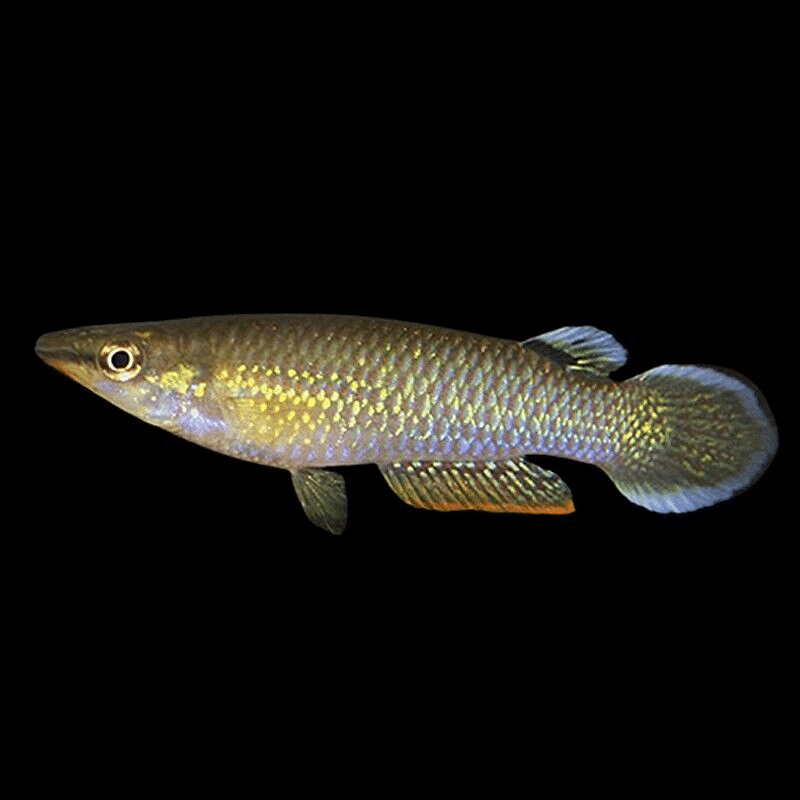
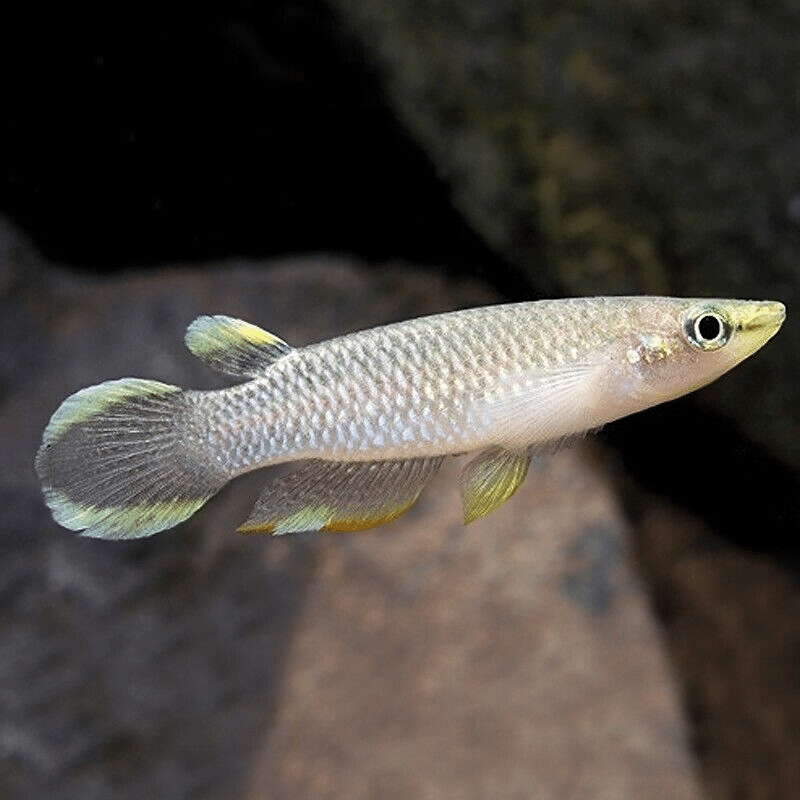

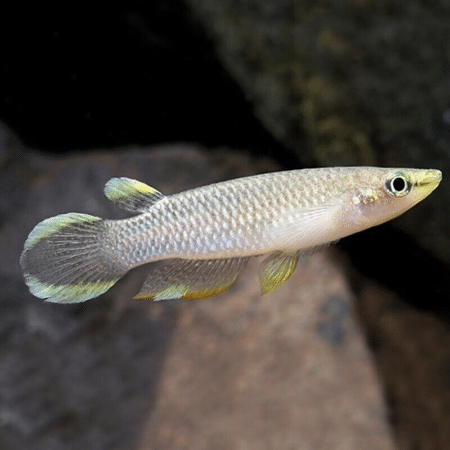
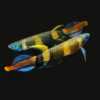




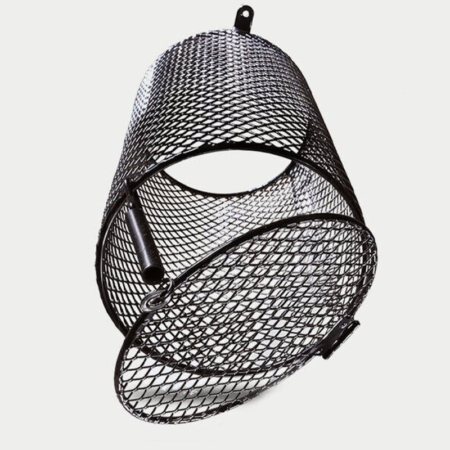
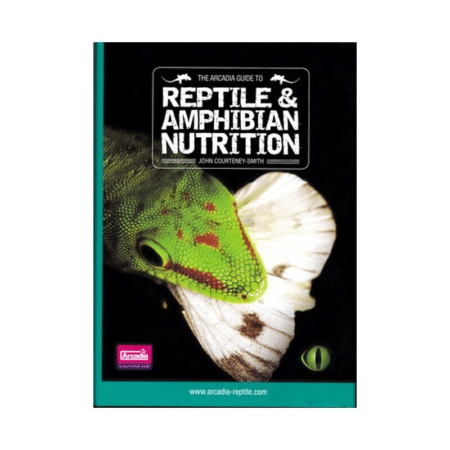






Emily Carter (verified owner) –
I recently added a pair of Aplocheilus Panchax, the Blue Panchax, to my 20-gallon freshwater setup, and I couldn’t be happier! These little killifish are not only stunning with their iridescent blue and gold hues, but they also have such vibrant personalities. After about three weeks in my tank, they’ve settled in beautifully and are always exploring or darting around, which adds so much life to the aquarium.
Compared to other tropical fish I’ve kept, the Blue Panchax is notably more active and curious, often interacting with their surroundings. They thrive in a well-planted tank with plenty of hiding spots, which I recommend for anyone considering these beauties.
One minor concern was their initial shyness; they took a few days to come out fully, but patience pays off! I found they respond well to a varied diet, so I’ve been feeding them high-quality flakes and live food which they absolutely love.
I highly recommend these fish for anyone with a bit of experience in keeping freshwater fish; they really are a joy to watch. I’ll definitely be getting more in the future!